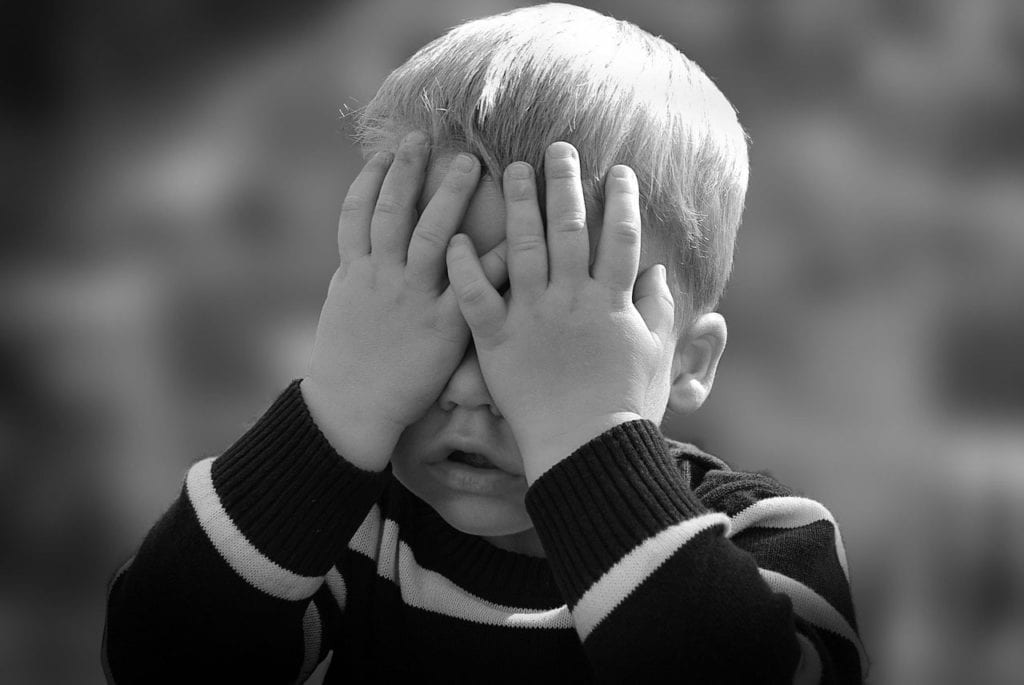According to a story from Medical Xpress, a recent study found that people who survived Hodgkin lymphoma during their childhood were at a greater risk of developing another type of cancer later on in their lives– even several decades later. While prior research had already made a connection between surviving cancer like Hodgkin lymphoma in childhood and an increased risk later in life, this was the first study to look at increased risk more than 25 years later.
About Hodgkin Lymphoma
Hodgkin lymphoma is a type of blood cancer which affects a type of white blood cell called a lymphocyte. Risk factors include having HIV/AIDS, family history, and infection with the Epstein-Barr virus (EBV). About half of cases are linked to the Epstein-Barr virus. Symptoms of Hodgkin lymphoma include enlarged and swollen lymph nodes, kidney damage, itching, night sweats, fever, red skin patches, weight loss, back pain, and enlarged spleen and/or liver. Generally, Hodgkin lymphoma can be treated effectively with chemotherapy and radiation therapy. Many patients can eventually be cured, but there is mounting concern about long term residual effects from treatment. The disease is most likely to affect people in their early teenage or adult years and adults who are more than 55 years old. In the US, the five year survival rate for this cancer is 86 percent. To learn more about Hodgkin lymphoma, click here.
Research Results
In this study, the researchers looked at data from over 1,000 people who had survived Hodgkin lymphoma when they were children. This study monitored patient data for a total of 26.6 years on average. What they found was disturbing. Survivors were more likely to have another form of cancer appear later in life, and the increase risk was considerable. Childhood Hodgkin lymphoma survivors were 14 times more likely to get cancer later in life in comparison to the general population. These cancers could include thyroid, breast, lung, and colorectal cancers. At 40 years post-diagnosis, the risk of developing a solid tumor cancer was 26.4 percent.
The research also identified higher risk groups within this population. For example, girls who had received chest radiation between ages 10 and 17 were at greatest risk for getting breast cancer, and boys who had received similar treatment when they were less than ten years old were at the highest risk for lung cancer.
These findings suggest the need for long term monitoring and cancer screening for childhood survivors of Hodgkin lymphoma.







